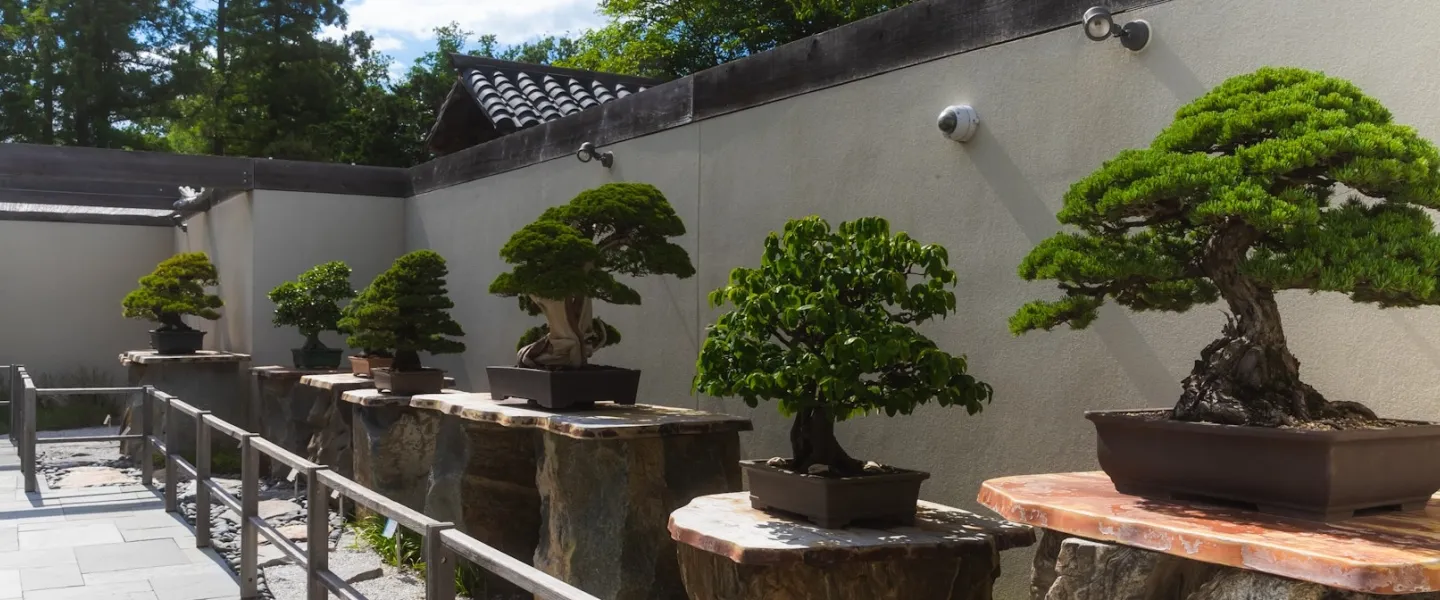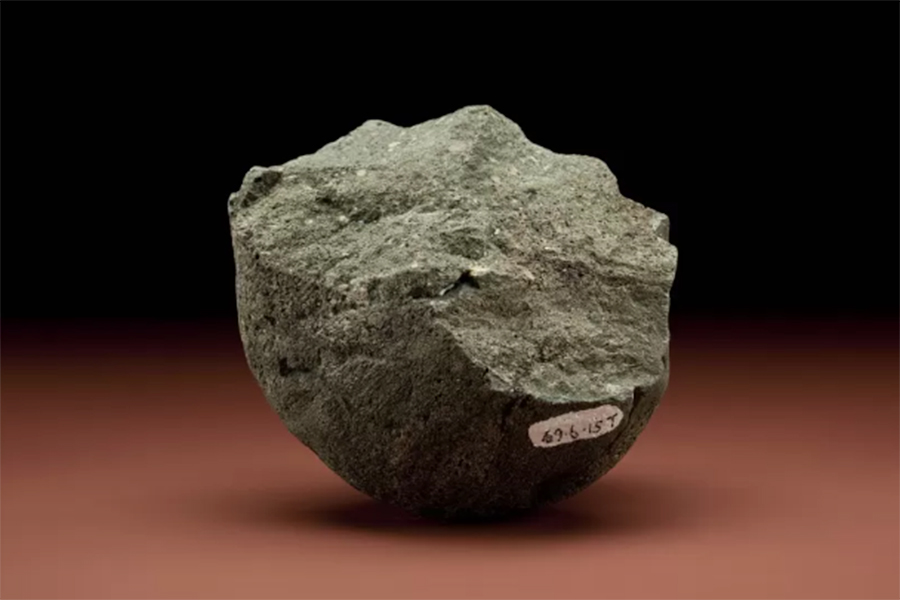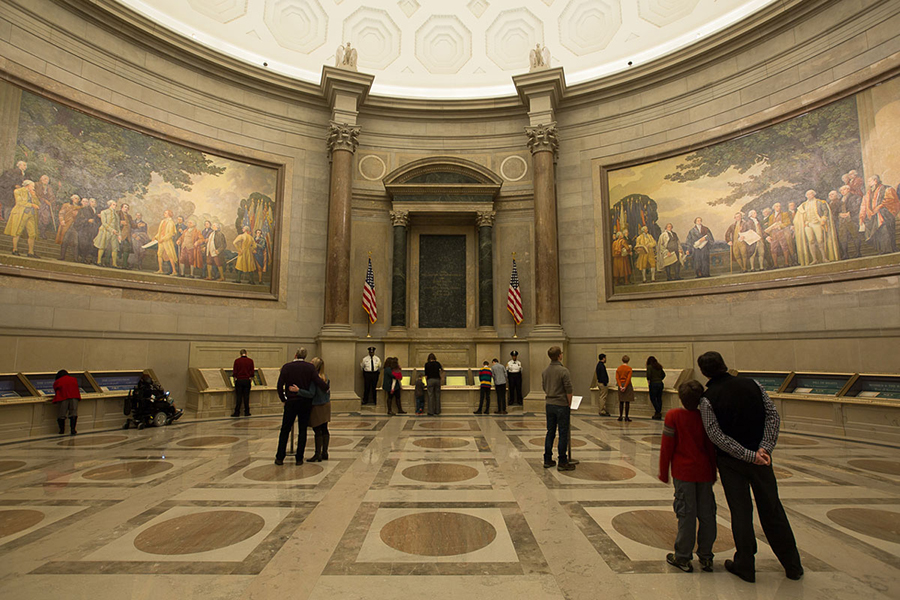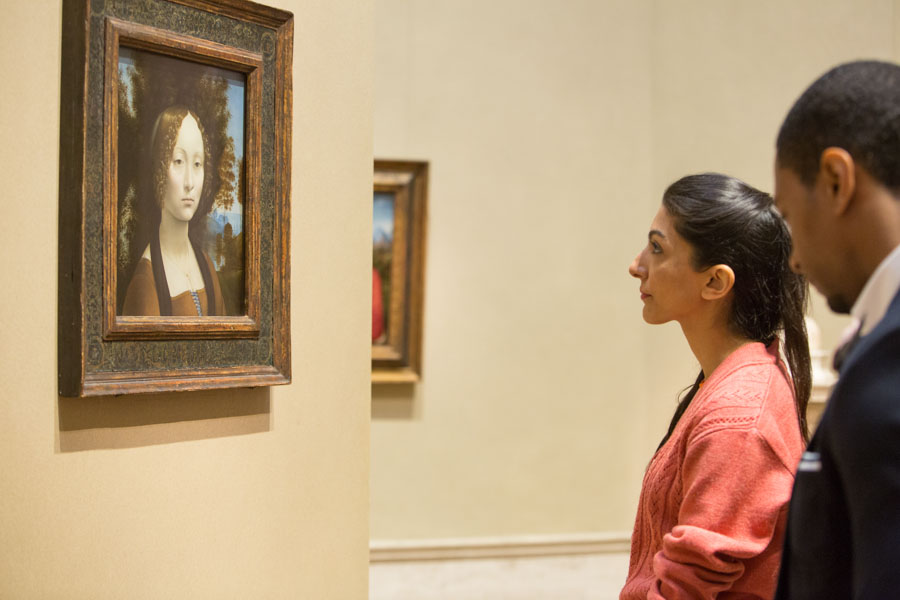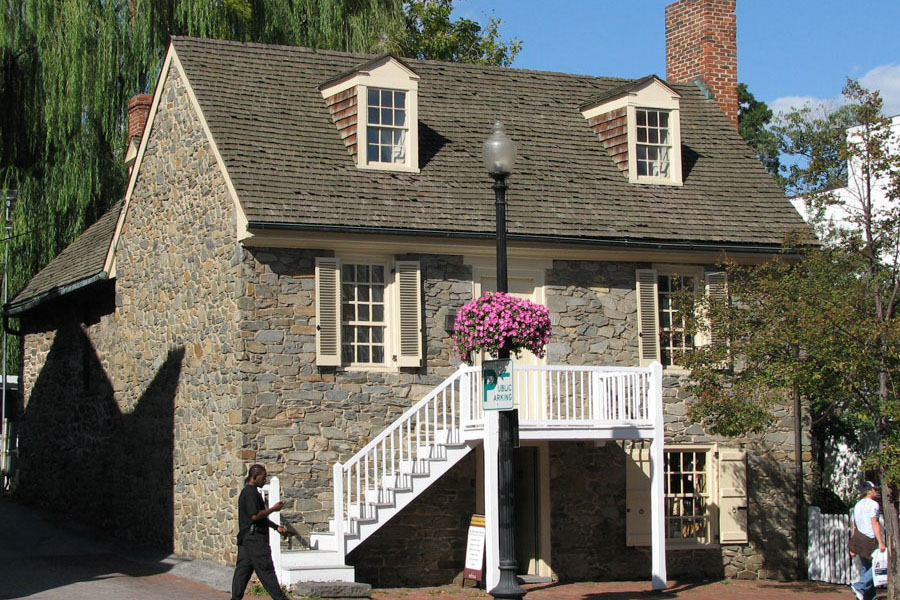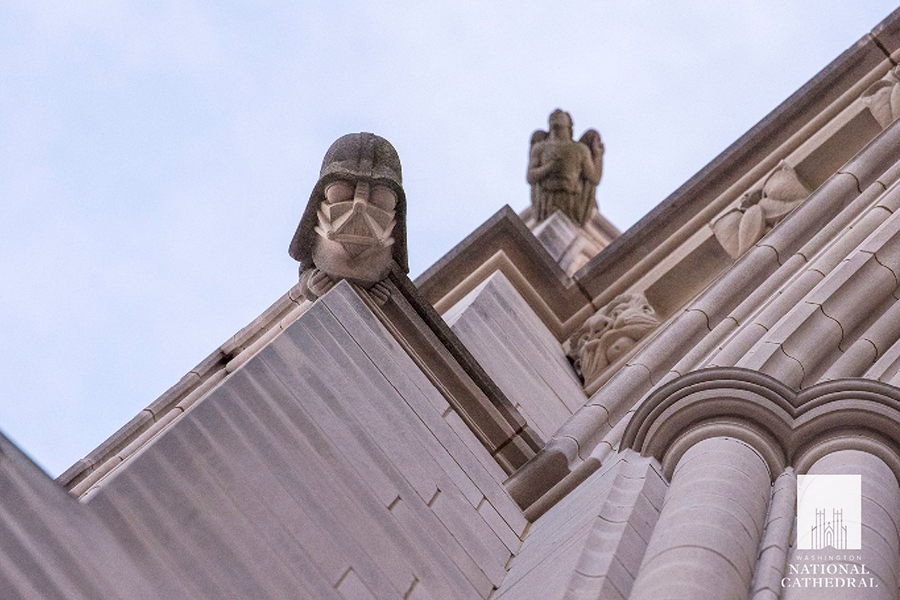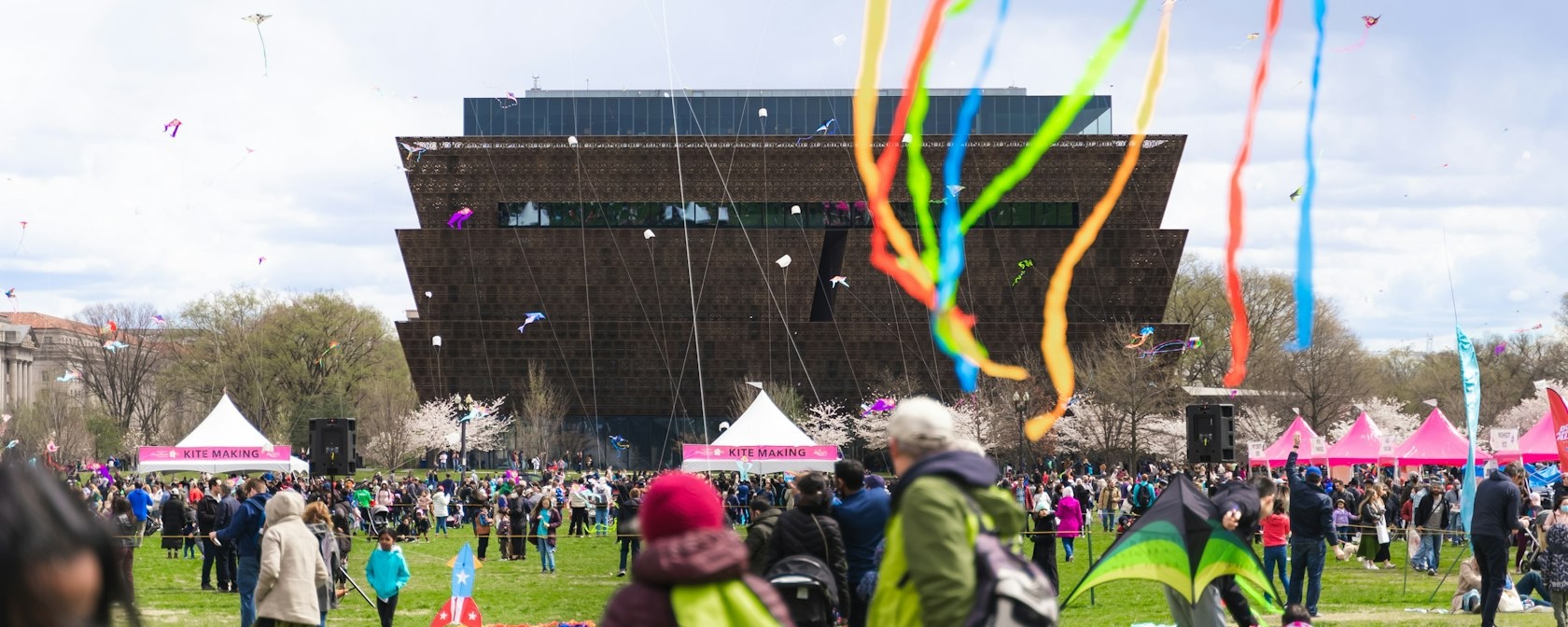Indulge your inner explorer by uncovering historic gems all over the nation’s capital.
Washington, DC is jam-packed with treasures – no metal detectors or maps required. From Stone Age tools to 400-year-old plants to Revolutionary documents, the District will have you playing Indiana Jones in your quest to lay eyes on these incredible artifacts hiding in plain sight.
The best part? Every one of them is free to access.
Oldowan stone chopper from Olduvai Gorge, Tanzania
Smithsonian National Museum of Natural History
David H. Koch Hall of Human Origins, First Floor
The oldest human-made piece in the Smithsonian’s collections – likely making it the oldest discoverable artifact in the nation’s capital – can be found in the hallowed halls of the National Museum of Natural History. Roughly 1.8 million years old, the early Stone Age chopper was used as a tool to extract meat and bone marrow from large animals by early humans in East Africa. Choppers were formed by striking hammerstones against stone cores to produce sharp ends.
Note that if you are looking for treasure a little more shiny, you can also see the Hope Diamond at the same museum.
The First Teddy Bear
Smithsonian National Museum of American History
The American Presidency: A Glorious Burden exhibit, 3 Center
Did you know that the inspiration for our cuddliest toy was the sympathy of one Theodore Roosevelt? In 1902, near the beginning of his first term as the 26th President of the United States, “Teddy” (as he was lovingly known by his supporters) refused to shoot and kill a 235-pound black bear who had been tied to a tree. Roosevelt’s affection for the “old, tired, worn-out bear” led to a political cartoon by the Washington Star’s Clifford Berryman, which in turn inspired Brooklyn candy store owners Rose and Morris Michtom to create the first stuffed bear toy (which also bore the President’s namesake). Before producing more bears, Morris received permission to make a small bear cub and deem it “Teddy’s Bear." By 1908, Michtom’s invention had made him a millionaire. The original Teddy Bear is now on display at the National Museum of American History in its incredible exhibit on the presidency.
The Rotunda for the Charters of Freedom
National Archives
Upper Level
No, there’s not actually a treasure map on the back of the Declaration of Independence, regardless of your desire to play Benjamin Franklin Gates from National Treasure. However, you can view our country’s founding document inside the National Archives’ famous rotunda, which also features the original U.S. Constitution and the Bill of Rights. The chance to view any one of the documents is wholly unique to DC; getting to see all three in one place is like finding a pot of gold. We should also make note of the fact that another treasured American document, the Emancipation Proclamation, will be on permanent display in the Archives’ Rotunda in 2026.
Leonardo da Vinci’s Ginevra de’ Benci
National Gallery of Art
West Building, Main Floor, Gallery 6
If you want to view a painting by the great Leonardo da Vinci on American soil, the only place you can do so is inside DC’s National Gallery of Art. Ginevra de’ Benci, which is located in the Gallery’s West Building, finds the original Renaissance man experimenting with the new medium of oil painting – note how the surface of the painting shows wrinkles, a sign that da Vinci was still mastering the technique. The museum’s website provides additional insight into the painting’s creative significance: “…the careful observation of nature and subtle three–dimensionality of Ginevra's face point unmistakably to the new naturalism with which Leonardo would transform Renaissance painting.”
Old Stone House
3051 M Street NW, Washington, DC 20007
DC’s oldest neighborhood, Georgetown, is home to both the historic and the haunted. Perhaps the best example of the former is the Old Stone House, known as the oldest structure on its original foundation in the nation’s capital. The story of the land goes all the way back to the creation of Georgetown itself in 1751, when it was marked as “Lot #3” on early maps. Construction on the house was completed in 1766 and since then, the remarkable building has passed through numerous owners, finally coming into the possession of the federal government in 1953. Today, the gorgeous exterior grounds are open from sunrise to sunset, while the front room of the house is a store and the kitchen serves as an exhibit space.
Darth Vader ‘Gargoyle’
Washington National Cathedral
Northwest Tower
In one of the city’s wildest mashups, the Washington National Cathedral sports a Darth Vader ‘gargoyle’ on its northwest tower. The villainous creation is the result of a design-a-carving competition held by the Cathedral as it constructed its two west towers in the 1980s. Christopher Rader’s grotesque is a fascinating, can-you-spot-me that requires instructions to be found.
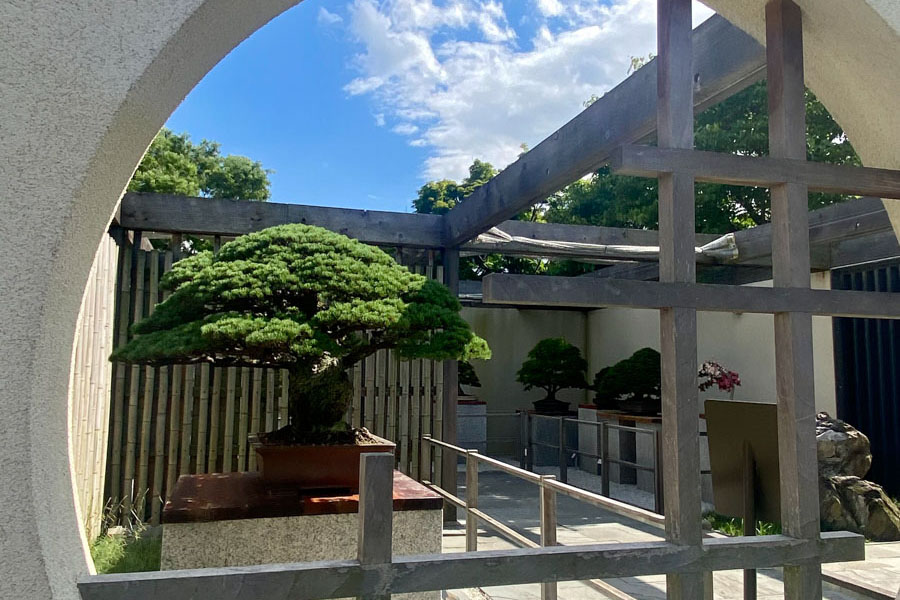
The Bonsai that survived Hiroshima
U.S. National Arboretum
Japanese Pavilion
While the former U.S. Capitol Columns are incredibly photogenic and historic, they’re far from being the only amazing artifacts at the U.S. National Arboretum in DC. A Japanese white pine bonsai tree that survived the U.S. bombing of Hiroshima in 1945 resides in the Arboretum’s Japanese Pavilion, part of the National Bonsai and Penjing Museum. The white pine, donated by bonsai master Masaru Yamaki as part of a 53-piece gift to the U.S. for its bicentennial in 1976, sat in the Arboretum’s collection for 25 years before the master’s sons visited to check on their grandfather’s tree. According to The Washington Post, the duo informed Arboretum officials of the tree’s incredible survival skills. Sure enough, news footage taken at the Yamaki Nursery after the nuclear blast show the white pine unharmed. The artful tree still stands today, truly a modern treasure in its resiliency.

